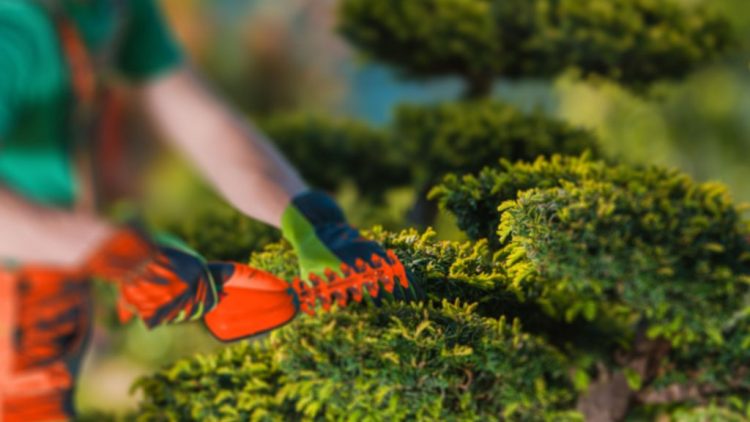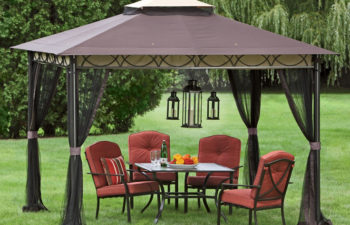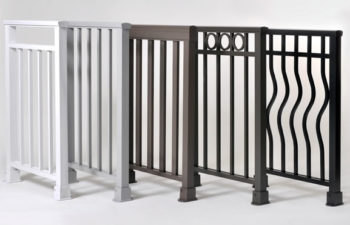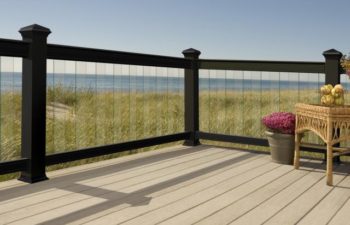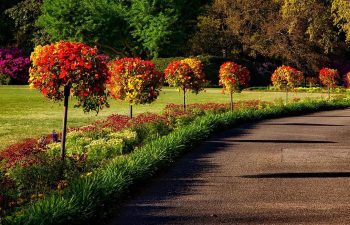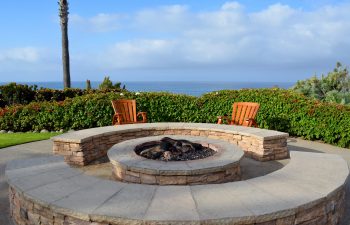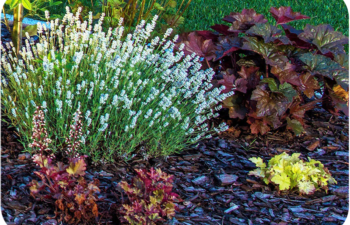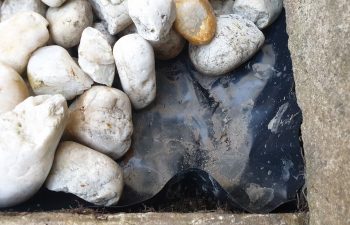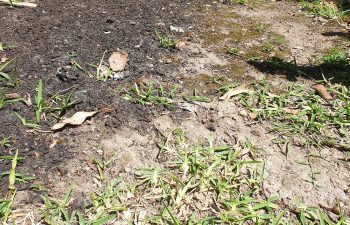Whether you’re a first-time homeowner seeking to spruce up your yard or an experienced landscaper wanting to add trees to your landscape, you should always consider how you want to utilize them.
There are many different types of small evergreen trees to choose from, so no matter what your needs are, you can find the perfect one for you.
What are small evergreen trees good for?
Small evergreen trees, commonly known as a Dwarf Evergreen tree, is the ideal sort of tree for landscaping, especially in suburban or rural areas.
They are perfect for landscaping because they offer year-round greenery, they are low-maintenance, and they come in a variety of shapes and sizes.
Some of the best small evergreen trees for landscaping include the arborvitae, the dwarf Alberta spruce, and the Japanese yew.
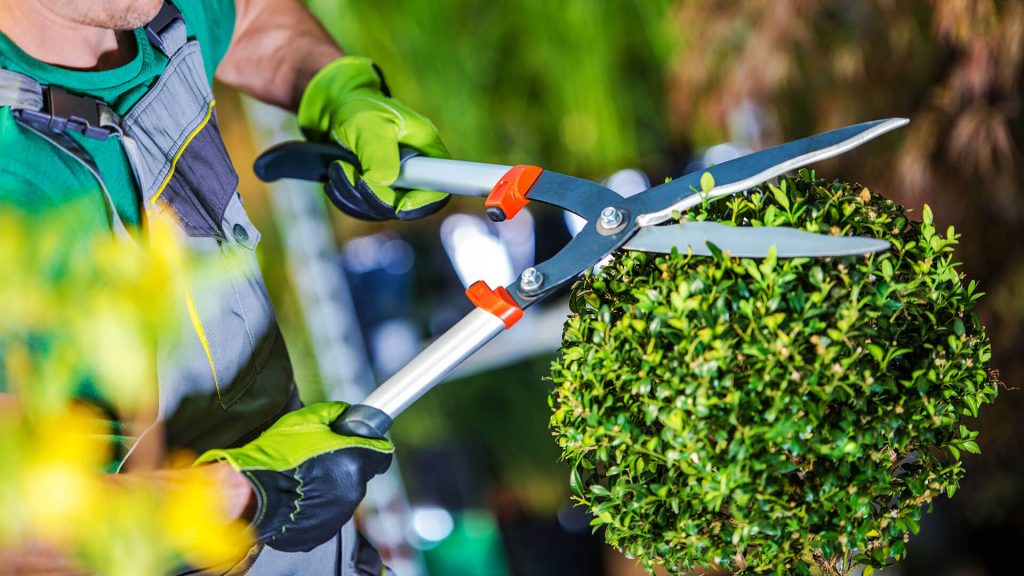
Pros Of Planting Small Evergreen Trees For landscaping
When it comes to landscaping, there are a lot of different things to consider. One of the most important decisions is what kind of plants or trees to use.
Many people choose to plant small evergreen trees for their landscaping because they offer a number of benefits.
Small, evergreen trees are naturally compact. You won’t have to do much trimming with one since they’re substantially smaller than huge, unruly trees.
Because the evergreen stays green all year, your property will always look bright and lush.
Small evergreen trees, in particular, are simple to plant. Their small size makes it easy for you to avoid dealing with unstable branches or stubborn roots.
Some of the pros of planting small evergreen trees include:
- Available in a variety of styles, shapes, and sizes
- Especially easy to plant
- Can add visual interest to your landscape
- Low-maintenance, and don’t require a lot of care
- They can help improve air quality and reduce pollution
- They are drought tolerant, and can withstand hot weather conditions
- They provide shade in the summer
- Small evergreen trees are naturally compact
- Very little pruning is involved
- Stays green all year round
A small evergreen tree not only looks fantastic, but it is also beneficial to the ecosystem of your property. Birds and other tiny animals are attracted by the tree on your land.
A little evergreen tree is an excellent choice as they provide ideal habitat for migratory birds throughout the year.
Different Types of Small Evergreen Trees
There are many different types of small evergreen trees that can be grown in a garden or landscape.. They come in a variety of shapes and sizes, so they’ll provide a distinctive touch to your garden.
Here are some of our favorite kinds of little evergreen trees to use in your yard, as well as how they’re best styled.
Dwarf Serbian Spruce
The Dwarf Serbian Spruce is the tree for you if you’re searching for a tree that can be used in foundation planting as well as small gardens.
With white to the under side of the pine needles, it has a short, thick and round appearance. It grows only 3 to 5 feet tall.
If you live in a cold climate, you won’t have to worry about this tree surviving. The Dwarf Serbian Spruce can endure temperatures as low as -30 degrees Fahrenheit.
North Star Dwarf White Spruce
Trees that can withstand the elements are required for landscaping. This North Star Dwarf White Spruce is extremely hardy. It may reach a height of up to 10 feet, with a diameter of only 4 feet.
It’s the ideal tree for creating a walkway or providing shade to your home’s windows during the summer months.
The North Star can endure temperatures as low as -50 degrees Fahrenheit in the winter, which indicates that even if you’re landscaping in Alaska, this tree will thrive.
Arborvitae
Arborvitae is a compact evergreen that grows 12-18 inches tall and wide. It has needle-like foliage and a pyramidal shape. Arborvitae is tolerant of both wet and dry soils and makes an excellent hedge or screen.
Juniper
Juniper is a hardy evergreen that grows 18-30 inches tall and spreads 8-12 inches wide. It has scale-like foliage and a conical shape.
Juniper is tolerant of most soils but prefers light, well drained soil. It is very wind resistant and provides both shade and privacy in a landscape.
Holly
Holly is an evergreen that grows 8-15 feet tall with an equal spread. It has deep green foliage year round and red berries in the fall.
Holly is tolerant of most soils but prefers moist, acidic soil. It is very drought tolerant once established.
Mugo Pine
The dwarf evergreen is a fascinating and adaptable plant. You may use this little tree as ground cover in your garden. They’re a popular choice among homeowners who want to add some pine greenery to their landscape.
Although these trees only reach a height of three to five feet, they may grow up to 10 feet in diameter.
They are lovely and provide a beautiful green spot on any property, especially during the winter, when the Mugo Pine can endure and flourish unlike other foliage-type ground cover plants.
Small Japanese Maples
For others, being environmentally responsible throughout the fall and winter is not as essential. In fact, isn’t it fascinating to see the leaves on their trees change color during the autumn months?
For the homeowner looking for a one-of-a-kind color-changing pine, the Small Japanese Maple is ideal. During fall, these pines turn from green to an magnificent orange and red.
They are only about 3 feet tall and can endure up to 15 years.
Cons Of Planting Small Evergreens
When considering whether or not to plant a small evergreen tree for landscaping, there are a few things to keep in mind.
One downside of planting a small evergreen tree is that it may not be large enough to provide the desired level of privacy or shade.
Additionally, these trees are low maintenance, they do need to kept properly groomed and may require a little more maintenance than larger trees.
What Can You Do With Evergreens?
Evergreens may be a valuable part of your landscaping. There are far more evergreen forms, sizes, shapes, and colors than the ones we discussed.
So, what can one accomplish with an evergreen tree while landscaping? Here are some suggestions.
Borders and Garden Beds
Smaller evergreen trees are perfect for making borders and garden beds. The often dark color of the small evergreens makes your flowerbed pop.
Putting them in between brighter, more colorful plants will give a visual break to your property.
Covering the Foundation of your Home
Small evergreen trees planted around the base of your property will conceal it throughout the year.
If you have a more subtle visual line between the bottom of your home and the flat ground, your house will seem much better maintained and visually attractive.
Ground Cover
The winter may wreak havoc on our home and leave the earth looking depressed. The greatest approach to hide all of that shifting grass in your garden or around your home is to use a little, low-growing evergreen plant.
The pines will keep your property green throughout the year.
Related Post: Fastest Growing Evergreens For Shady Landscape
How To Plant A Small Evergreen Tree?
When planting a small evergreen tree, it is important to dig a hole that is the same size as the pot the tree is in.
The hole should be deep enough so that the tree’s root ball is level with the ground.
If the soil is sandy or loose, add some compost or manure to the hole before planting.
Carefully remove the tree from the pot and place it in the hole.
Fill in the hole with soil, tamping it down as you go, and water well.
Tips For Maintaining Your New Evergreens
It is important to water your new small evergreen trees regularly for the first two years. During this time, make sure to water them once a week during the spring and summer, and once every other week during the fall and winter.
Fertilize your new trees twice a year—once in the spring and once in the fall. Be sure to use a balanced fertilizer that is suited for evergreens.
In the winter, protect your trees from frost by wrapping them in burlap or cloth. In the summer, protect them from excessive heat by shading them with an umbrella, tree branch, or similar object.
Conclusion
Landscaping may be simple for any homeowner if they have the know-how and a little creativity. Small evergreen trees are one of the greatest and most versatile resources you have for making your property beautiful.
Hopefully, you now have a better idea of what you may do to make your home flourish all year.
What is Evergreen? Evergreen refers to shrubs, plants or trees that never shed their leaves in the winter. That is, stay green all year. A Christmas tree would be a good example of an evergreen.
